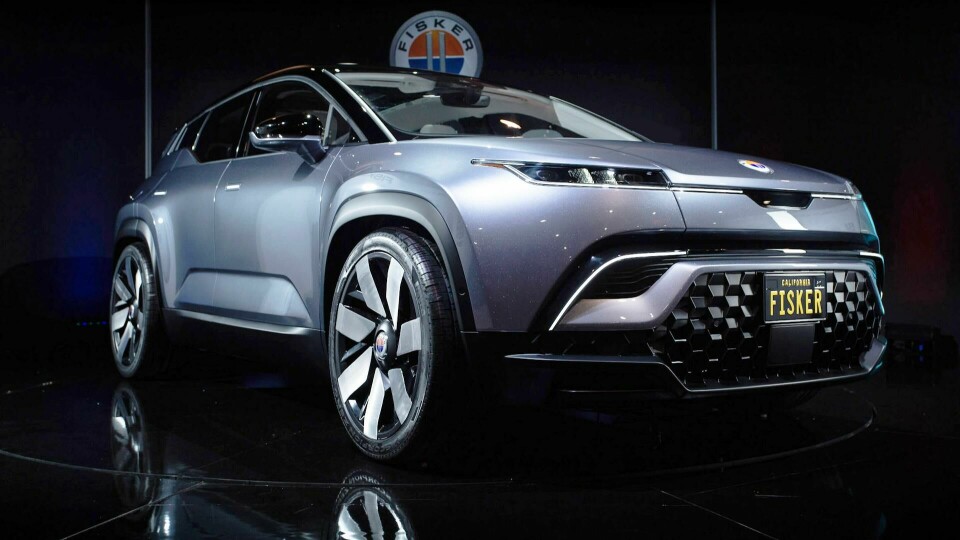
CES 2020: Fisker Ocean
New e-SUV is designed to be “as timeless as possible” in line with intriguing lease plan
CES 2020: the best design stories from the show
-
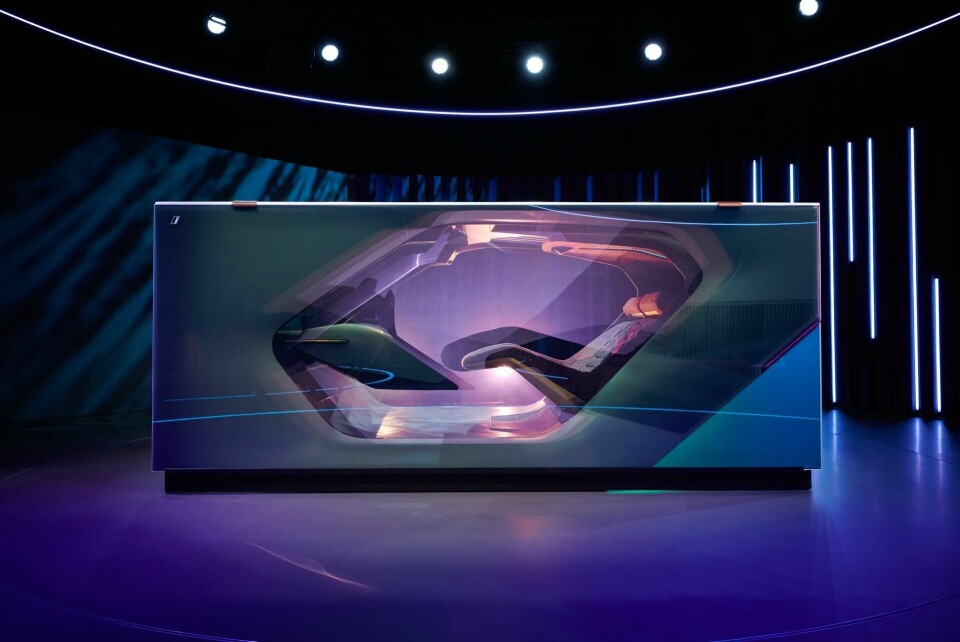
BMW i Interaction Ease concept interior
-

CES 2020: Fisker Ocean
-
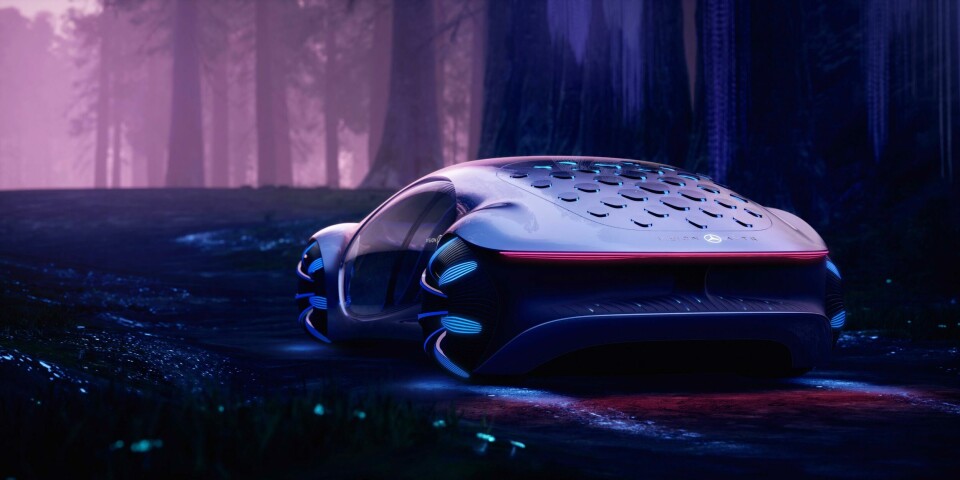
CES 2020: Mercedes-Benz releases the AVTR concept
-
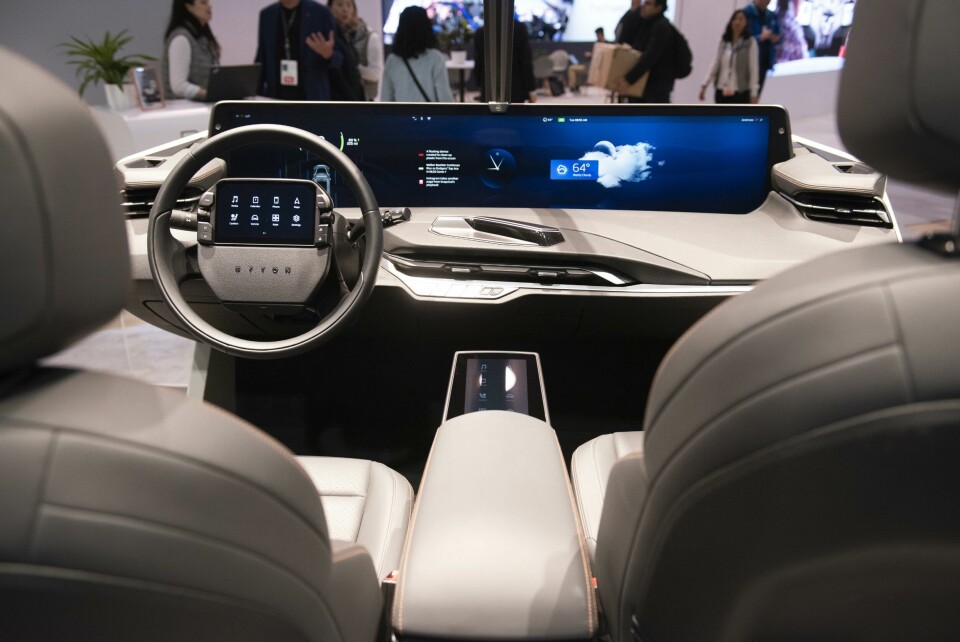
CES 2020: Byton shows the “production ready” M-Byte
-
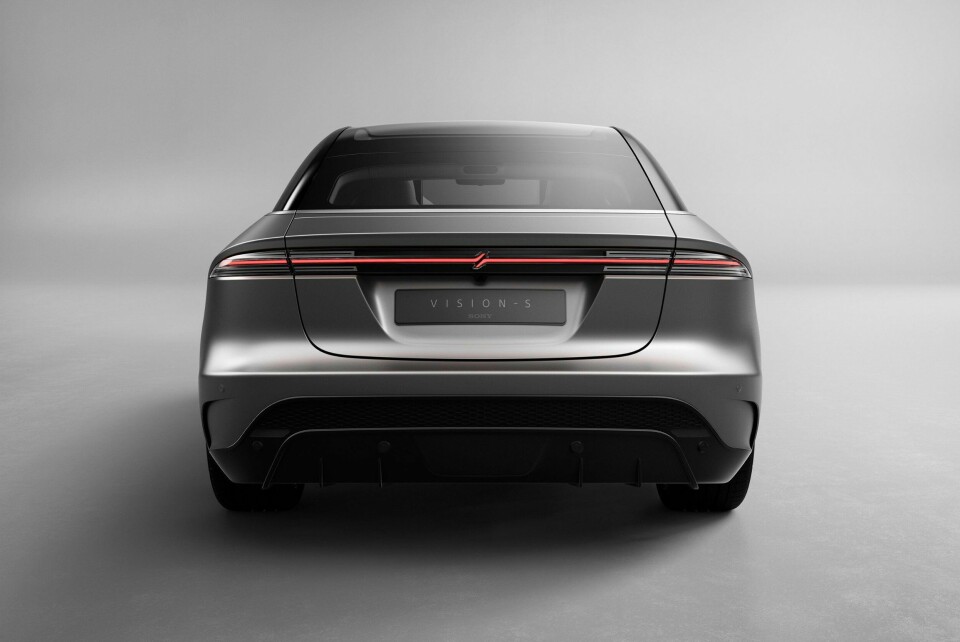
CES 2020: Is Sony’s Vision S a scary sight, or a revelation for carmakers and suppliers?
-
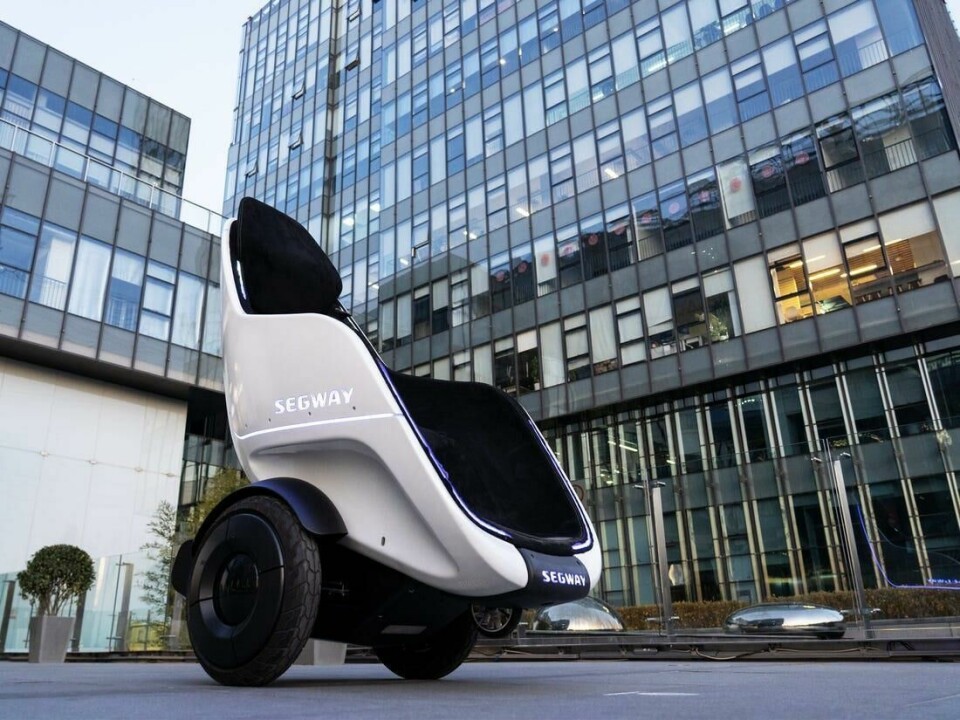
CES 2020: Segway-Ninebot shows swift single-seater
-
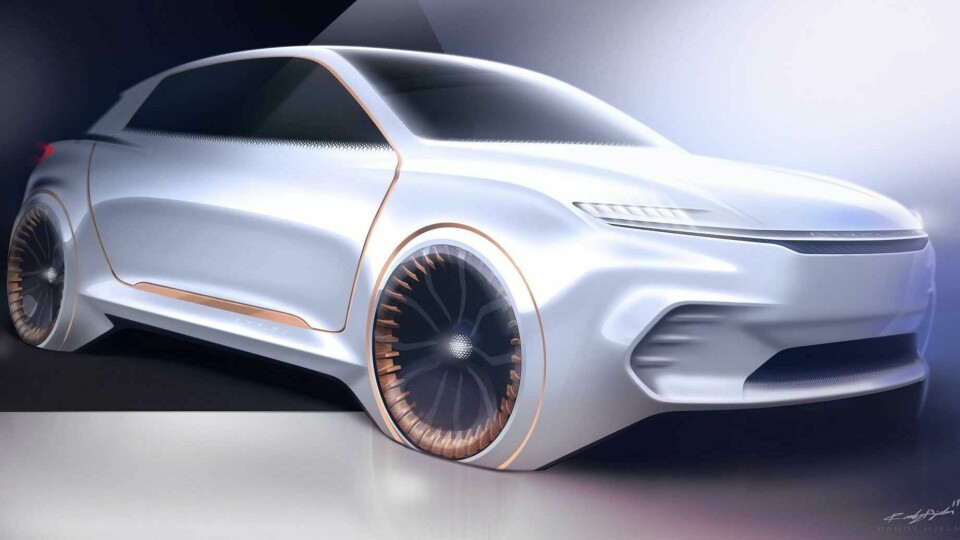
CES 2020: Chrysler Airflow Vision concept
-
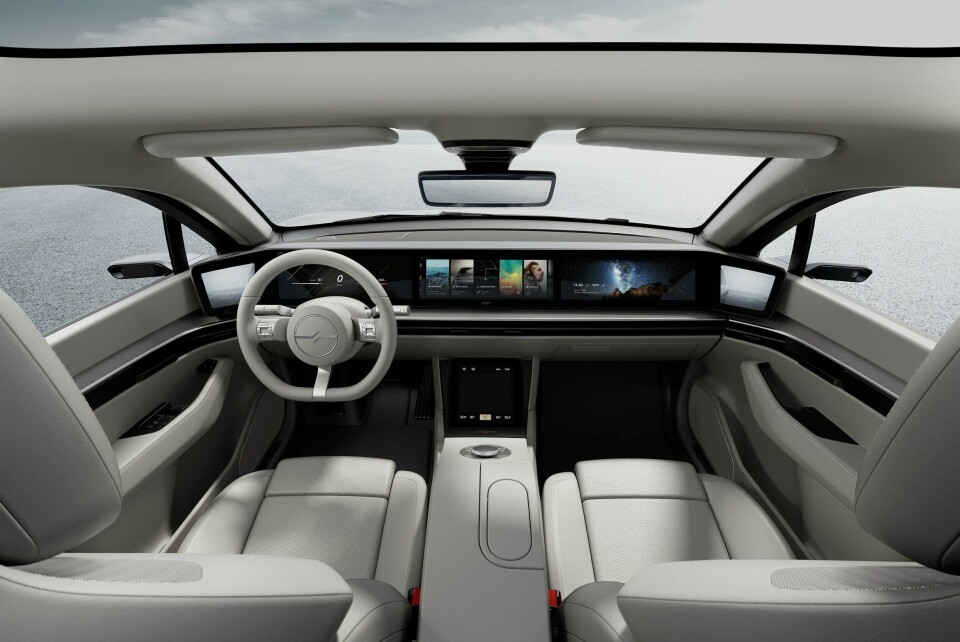
CES 2020: Sony builds a car
-
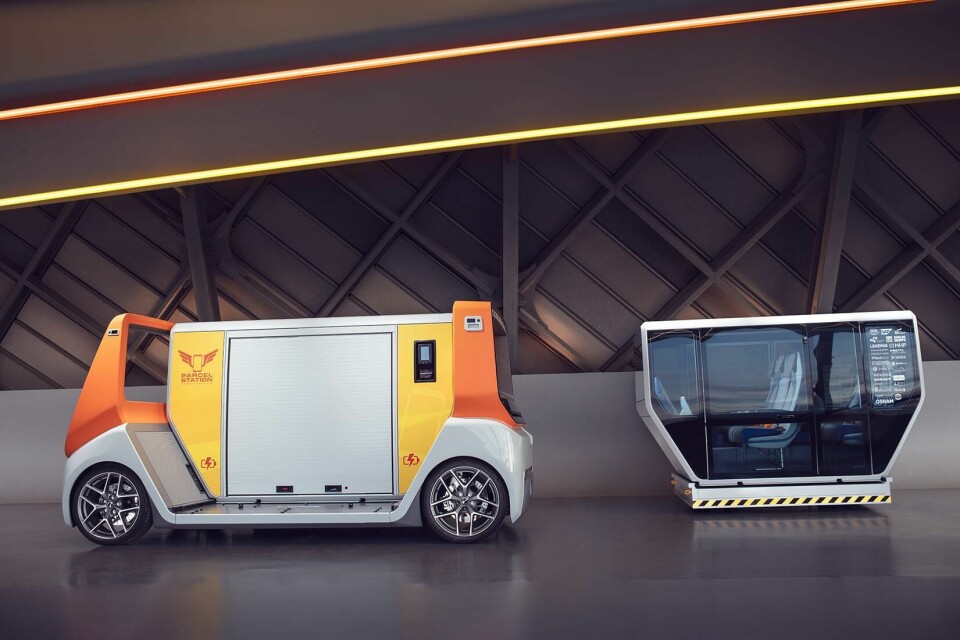
CES 2020: MetroSnap, Rinspeed’s biggest concept to date
-

CES 2020: Toyota debuts a concept city
-
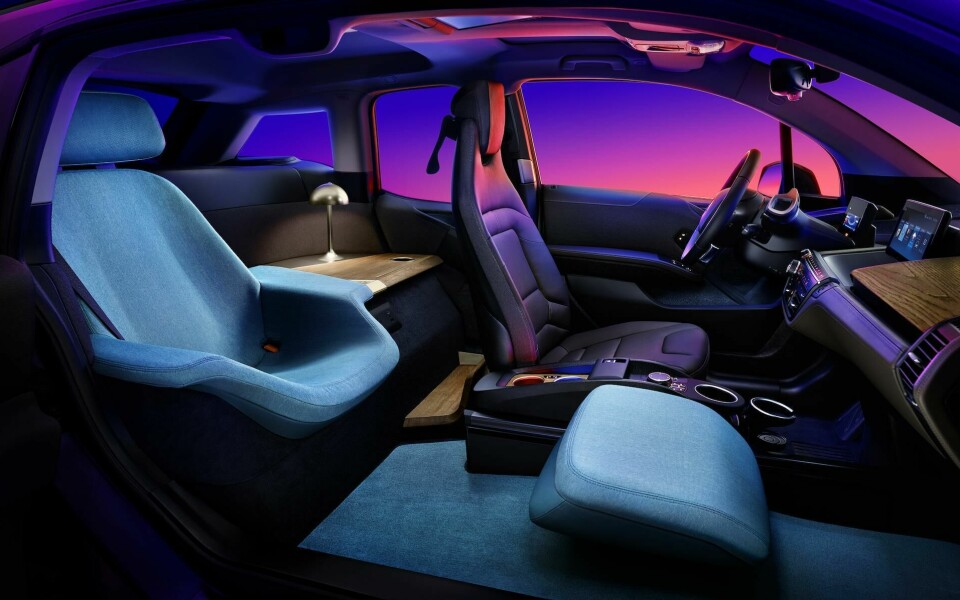
CES 2020: BMW brings an ‘Urban Suite’ to Vegas
The new Fisker Ocean electric SUV, which debuted at CES, is compact in size (at 4640mm long) and promises to be far more affordable than other Fisker vehicles such as the old Karma and the delayed eMotion sedan. The car will start at just $37,500 (currently equivalent to £28,900 or €33,700) when it arrives in the US in 2022, Fisker said at the launch in Las Vegas last week. The vehicle will also be available in those European markets expressing the most interest, he said.
Fisker is proposing to follow the Tesla model and deal directly with consumers, who’ll lease the Ocean on a flexible basis. When customers return their car, Fisker will lease it out again at a reduced rate. Fisker is proposing an entry lease price of $379 a month.
“If you’re going to lease this vehicle over eight years to several different people, one of my design requirements was this vehicle has to be as timeless as possible,” Fisker told Car Design News at the sidelines of the event. “There’s no creases on the upper side of the body. It’s very clean.”
Fisker himself was formerly a leading designer at BMW and Aston Martin. He said the power of the design comes from proportions rather than detailing, making a comparison with sports cars. “When you have a very clean body style, the proportions are very important: short overhangs, the right window height to the rest of the body, all the aerodynamic features are hidden in the black body parts lower down on the vehicle.” He also referenced the car’s wider track, which not only helps proportions but will give it a more dynamic drive.
On the subject of aerodynamics, he said the SUV was likely more efficient than some sedans 20 years ago, albeit without giving a Cd figure to back that up. He pointed to the raked windscreen as one area that helped keep it slippery, and therefore get closer to the planned 250-300-mile range, based on the US EPA calculation. It also features a solar roof to this end, much like the original Fisker Karma.
Also helping to keep the car timeless is the lack of chrome. “Using lights as an accent will keep the vehicle looking a lot more modern for longer,” Fisker said. Examples include the ultra-thin headlights and taillights, as well as the rear indicators embedded into the C-pillars.
The interior uses a range of recycled materials as part of the car’s green ethos. Fisker said the Ocean name was suggested by his family during their monthly beach clean-ups in California, prompting the search for recycled parts. The carpets, for example, are made from recycled bottles and fishing nets pulled from the ocean.
Asked why he expects to succeed with a relatively budget EV when so many others have struggled (or in Dyson’s case, thrown in the towel altogether), Fisker pointed to an as-yet-unannounced deal with “other automotive groups” to get the economies of scale needed to bring the cost down.
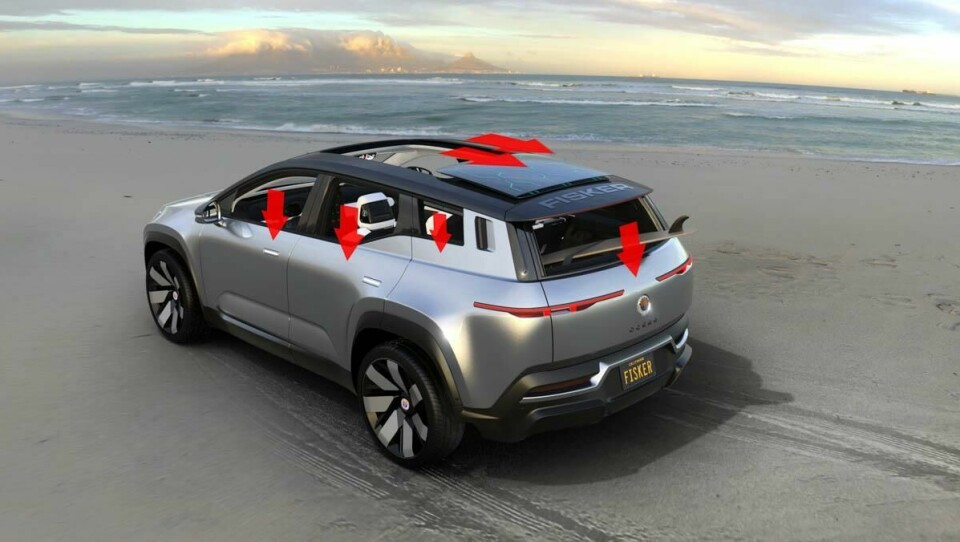
The deal, details of which will be expanded upon at the Geneva motor show in March, will see the groups jointly purchasing parts to increase the number of vehicles using said parts, thus bringing the cost down. Fisker predicts production of a million cars between 2022 and 2027, including two derivatives built on the same steel platform, but time will tell how many actually appear.
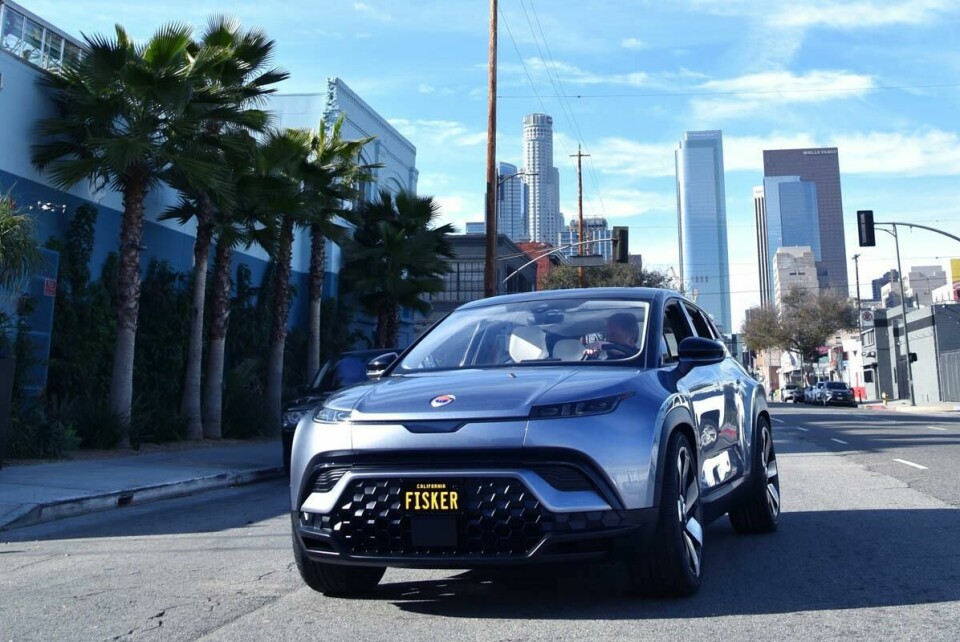
Fisker wouldn’t go into detail but it could choose the modular EV platform designed by suppliers Bosch and Benteler, who would sell a chassis complete with electric motors and battery pack for automakers to attach a ‘top hat’ (exterior & interior module). It has already signed up Automobili Pininfarina, which plans to build high-end SUVs using the platform.
Another option would be to use VW’s MEB platform. VW has been very open about its willingness to sell the platform to automakers small and large, having signed up Ford as a customer. Fisker already has a relationship with VW via its partnership with VW-owned Italdesign, which built the working prototype of the Ocean seen at CES.














